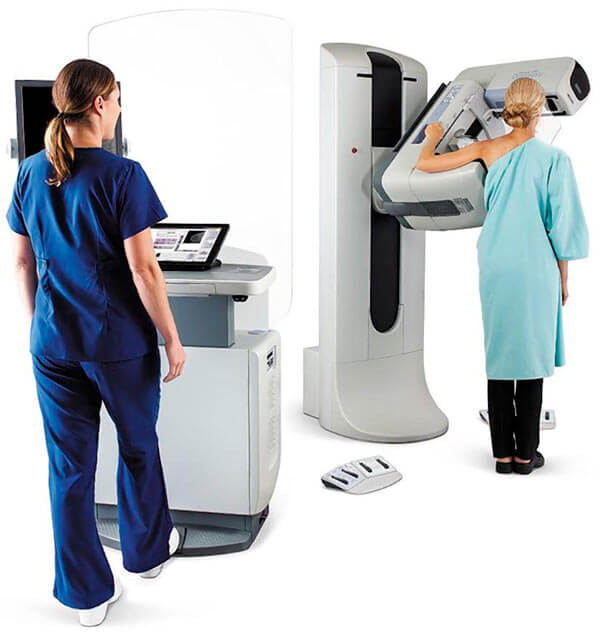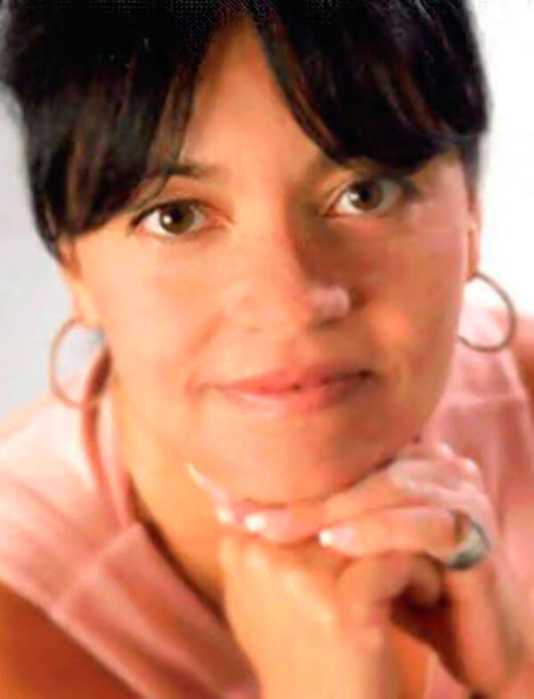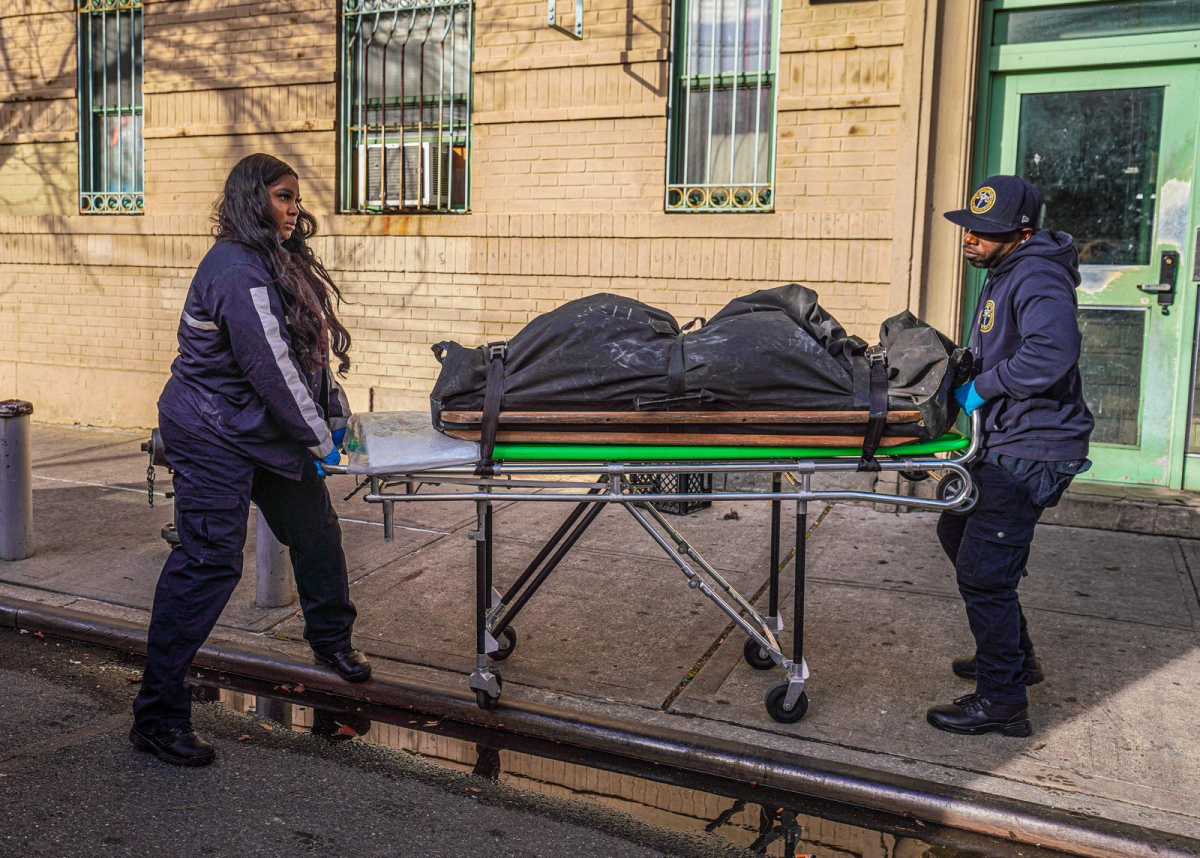St. Barnabas Hospital has just made a major new investment in detecting and fighting breast cancer and improving women’s health.
The hospital has purchased three new units of 3-demensional mammography machines, one of which is currently operational at the Fordham medical center.
St. Barnabas’ mobile mammography van, the only one in the borough, will also be a beneficiary of one of the 3-D mammography machines, said Dr. Bert Petersen, surgical oncologist and breast cancer specialist at the hospital.
Petersen stood behind information provided by St. Barnabas that stated studies have shown that 3-D mammography detects more than 40 percent more invasive cancers and reduces false positives by up to 40 percent.
“We know that early detection is just the best prognostic indicator of a woman surviving breast cancer,” said Petersen, adding “In real estate they say location, location, location; in breast cancer we say early-detection, early-detection, early-detection.”
The 3-D mammography machines, explained Petersen, make it possible to see through dense breast tissue, which is usually more prevalent in younger women, he said.
The equipment should help medical personnel get a better scan of a woman’s breast, and help the team treating patients to better know if a scan is showing a positive for cancer, explained the doctor.
It should limit false positives and spare some women unnecessary procedures, as well as better point to who has to be watched for possible cancer, said the doctor.
The units the hospital purchased also emit very low radiation, he said.
There is an ‘old wives tale’, said Peterson, that radiation in screening equipment can cause cancer. It is a falsehood that he counters with the facts.
The doctor said that machines are particularly important for women in underserved communities in the south and central Bronx, which the Fordham hospital is committed to serving.
“Since early detection is key, the use of technology like 3-D mammography – which allows doctors to see masses and distortions associated with cancers significantly more clearly than with conventional 2-D mammography – can play a critical role in serving our population,” said Petersen.
Dr. Ruth Cassidy, St. Barnabas senior vice president of clinical services, said that the investment in new technology should lead to early breast cancer detection.
She said that St. Barnabas is committed to continual technological improvement to enhance women’s health.
“3-D Mammography and 3-D breast biopsy is a significant technological advancement in the ability to detect breast cancer early,” stated Cassidy. “The new equipment and comprehensive breast imaging program St. Barnabas has invested in and is introducing to our community has the ability to detect 20 percent to 65 percent more invasive breast cancers compared to 2-D alone.”
The U.S. Food and Drug Administration approves the technology as superior specifically for dense breast tissue, and she believes it is going to have a significant impact on women’s health, said Cassidy.
Cassidy said that the hospital is especially proud to launch 3-D breast imagining during October, which is Breast Cancer Awareness Month.
A ribbon cutting ceremony will be held on Friday, October 20 at the hospital to celebrate the new equipment.

























